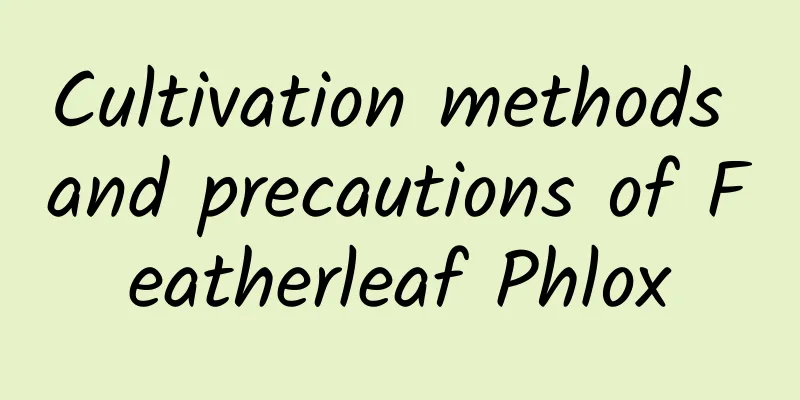What fertilizer is best for sweet potatoes?

|
Sweet potato is a popular crop. Not only are its roots and stems edible, but its leaves are also rich in nutrients, making it suitable for family cultivation to meet self-sufficiency needs. However, for profit-making farmers, how to increase sweet potato yields through proper fertilization is a key issue they need to consider. So what is the best fertilizer for sweet potatoes? 1. Fertilizer selection Sweet potato cultivation mainly relies on two types of fertilizers: chemical fertilizers and farmyard manure. Chemical fertilizers are characterized by high nutrient content and rapid effects, but long-term application may lead to soil nutrient imbalance and quality degradation. In contrast, farmyard manure not only has long-lasting fertilizer effects and comprehensive nutrients, but also can improve soil structure and enhance the quality of agricultural products . 2. Advantages of farmyard manure Farmyard manure such as human and animal manure, pig manure, sheep manure, wood ash and cake fertilizer can not only provide comprehensive nutrients, but also promote the formation of soil aggregate structure and increase the soil's heat preservation, water retention and fertilizer retention capabilities. In particular, wood ash, which is a natural potassium fertilizer, contains a variety of minerals and can significantly improve the yield and quality of sweet potatoes. 3. Rational use of fertilizers Sweet potato is a potassium-loving crop, and potassium fertilizer is particularly important for increasing yield. Potassium sulfate or potassium sulfate-type compound fertilizer is a good choice. At the same time, an appropriate amount of nitrogen fertilizer can promote the growth of stems and leaves, but excessive application should be avoided to prevent excessive growth of the plants. 4. Fertilization method Base fertilizer: Mainly farmyard manure, combined with land preparation and ridge forming to ensure that the fertilizer is fully mixed with the soil. Seedling stage: 15 days after cutting, apply diluted manure or urea in combination with tillage to promote seedling growth. Swelling period: In August, sweet potatoes enter the swelling period. Potassium sulfate can be applied through crack fertilization to promote rapid swelling of tubers. 5. Foliar Fertilization During the tuber swelling period, foliar spraying of calcium glycosides and potassium dihydrogen phosphate can improve the disease resistance and sugar accumulation of sweet potatoes, thereby increasing yield and quality. 6. Precautions for fertilization Avoid applying uncomposted farmyard manure to prevent root burn and pests and diseases. Avoid applying too much nitrogen fertilizer to prevent excessive growth of the plants and affect tuber formation. Avoid applying chlorine-containing fertilizers because sweet potatoes are sensitive to chlorine and a high-chloride environment will affect starch synthesis and transport. In general, scientific fertilization methods can stimulate the yield potential of sweet potatoes. The base fertilizer should be sufficient, with nitrogen applied in moderation during the seedling stage, potassium fertilizer should be focused on during the swelling period, supplemented with calcium fertilizer, which can effectively improve the yield and quality of sweet potatoes.
|
<<: Best time to apply zinc fertilizer to corn
>>: What fertilizer should be applied to make loofah produce more fruits?
Recommend
How to cultivate the splendid azalea
1. Maintenance methods 1. Temperature: Splendid a...
How to prevent and treat black rot of Cattleya
Cattleya black rot symptoms The symptoms of black...
How many years does it take to harvest angelica?
Angelica , the root part of the Angelica sinensis...
How to plant and manage Allium macrocarpon
1. Planting method 1. Planting time: Allium gigan...
What flowers are suitable for growing in Loudi? What are the city flowers and trees?
1. Climate characteristics of Loudi Loudi has a m...
Cultivation methods and precautions of azalea bonsai
1. Maintenance methods 1. Soil: The plant likes l...
What to do if the leaves of the fortune tree turn yellow
1. If it is caused by too much use of nutrients, ...
What medicinal herbs are best grown in Henan? What Chinese medicinal herbs are mainly produced in Henan?
Henan Province is located in the Central Plains, ...
What fertilizer is good for radish?
Overview of black pine fertilization If you want ...
Cotton planting and harvesting time
Cotton planting time Due to the differences in te...
How to prune honeysuckle pruning technique diagram
Pruning time of honeysuckle The honeysuckle must ...
Lemon tree cultivation methods and precautions
The lemon tree is one of the home potted fruit tr...
The propagation method of mosaic cassava
1. Growth environment It likes a warm growing env...
Can moxa ash be used as fertilizer?
Mugwort ash as fertilizer Generally, mugwort ash ...
Is Schefflera a fortune tree?
1. Is it the same plant? Schefflera is not a mone...









